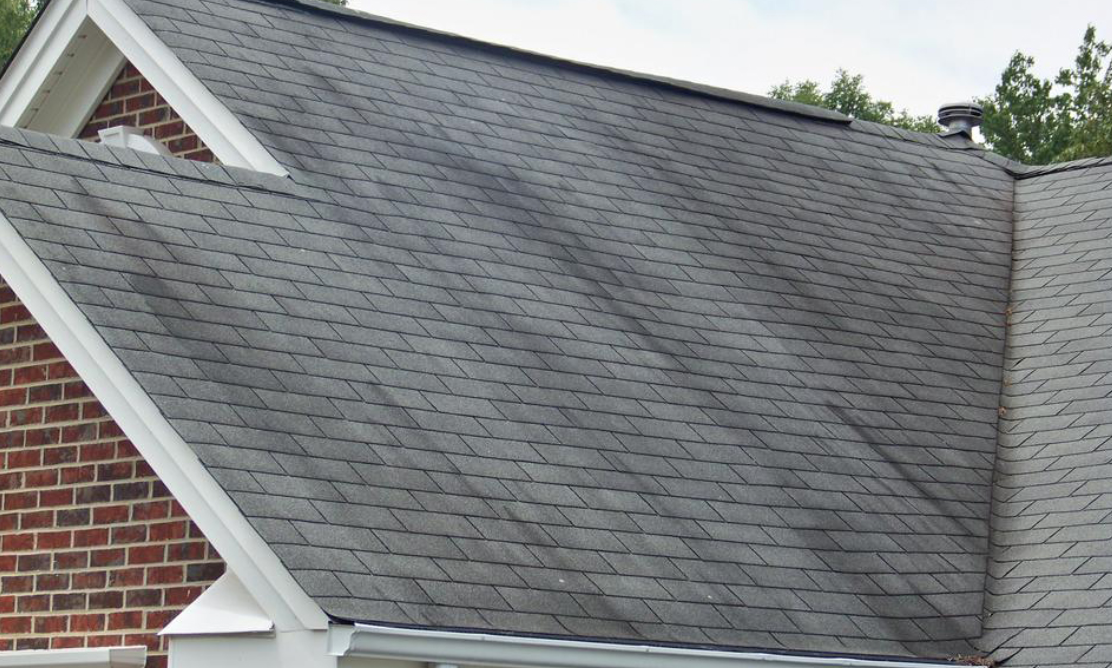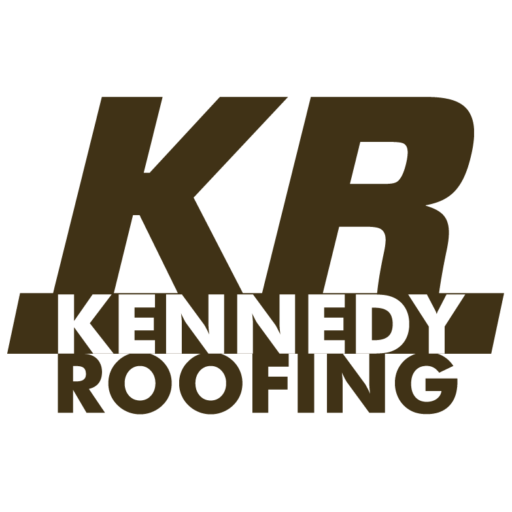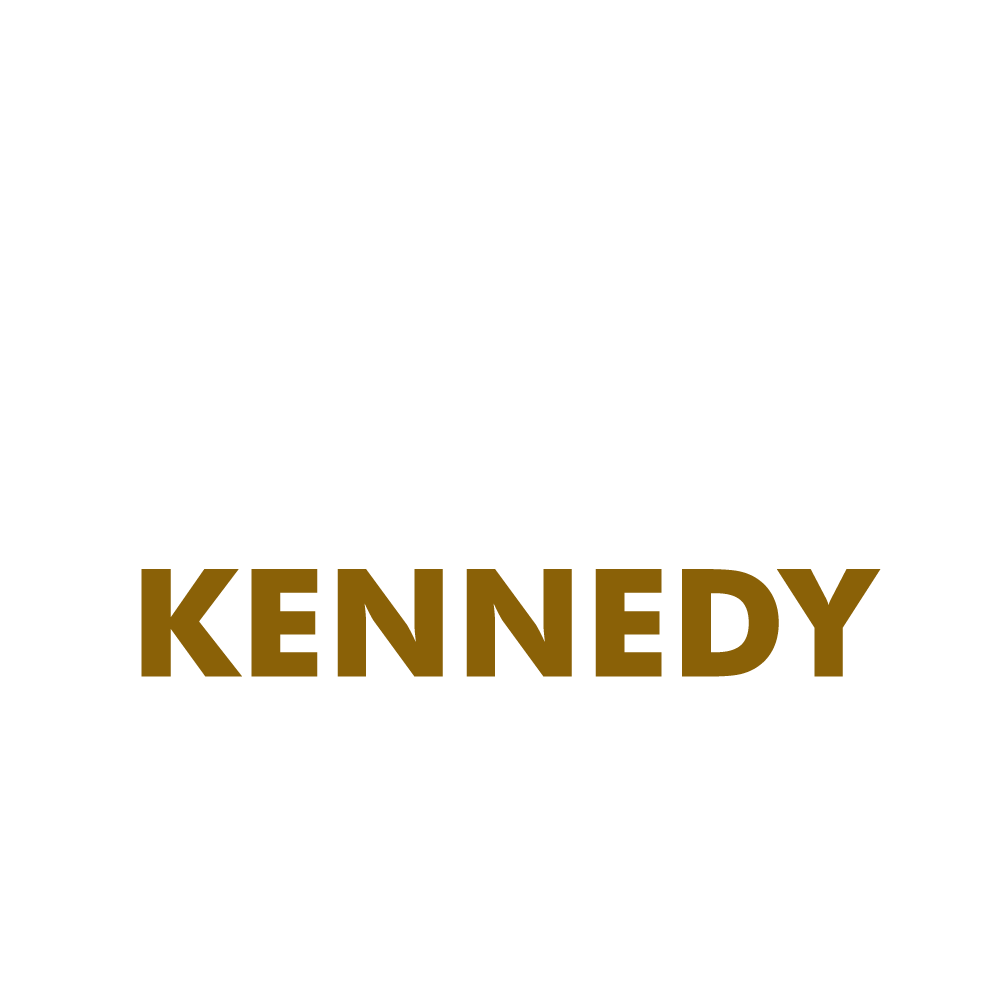
31 May What Causes The Discoloration of Roof Shingles?
If you have noticed discoloration or any type of dark streaks along your roof shingles, it is likely you are experiencing some type of algae growth. These growths can be extremely common in humid areas like Florida. Caused by blue-green algae called gloeocapsa magma, the spores float through the air and eventually bind themselves to your roof. Spores will grow in any roofing material that is not made of metal. This means you can likely see discoloration along all areas except for your chimney flashing, gutters, and other metal joining spots across your roof.
The metal flashing and joint materials on your roof are built with copper or zinc. These materials are toxic to most types of algae and as a result, you will not see the algae forming in these areas. The reason that you may notice streaks in your roof is that trace amounts of this copper and zinc have a tendency to drip down into the flashing from your roof and prevent the chance that algae growth will occur in those areas.
Will Discoloration Hurt My Roof?
Discoloration in the shingles will not hurt your roof but it can detract from the overall look of your home. The streaks in your roof could lead people to believe that your home is in disrepair or you have older roofing materials. The perception of older roofing materials could lead people to avoid putting offers in on your home or taking the chance to bid on your home in the first place. Getting rid of discoloration in your roof is possible, and this is often advisable before you go to sell your home.
How To Remove Roofing Discoloration?
Removing roofing discoloration in the roof can be done using a chemical cleaner. Repeated uses of this cleaner can remove the granules of your asphalt shingles and lower the life expectancy of your roofing systems. The issue with granule removal often comes down to having to use pressure washers. With regular pressure washing the roofing materials wear down faster and there can be an expedited breakdown of the life expectancy of your shingles. Cleaning is often a temporary solution and preventative measures such as trimming trees around your roof or opting for a zinc or copper-coated roofing material is usually a better option for your roof.
How To Prevent Algae Growth On Your Roof
The two most effective methods for managing algae growth on a roof comes down to installing a copper or zinc-coated strip along the ridge or your roof. This is often best carried out with the help of an expert roofer. A roofer will be able to determine the ideal placement for this strip and install the highest quality strip to the area of your roof.
The other way that you can prevent algae growth comes down to installing shingles that are resistant to algae as well. These shingles contain a copper granule which is infused into the shingle and designed to prevent the growth of algae. Many modern shingles sold in this area are infused with 6% copper and this ensures the roof can look its best for many years.
If you are in an area that regularly experiences problems with discoloration in shingles, it is the best idea to consider an installation of shingles that are properly infused with copper or zinc materials. Contacting Kennedy Roofing will let you know more about the best type of roofing shingles that you can be using to prevent discoloration.
Contact us today to find out more about the products that you can use to prevent discoloration in your roofing tiles.



Sorry, the comment form is closed at this time.